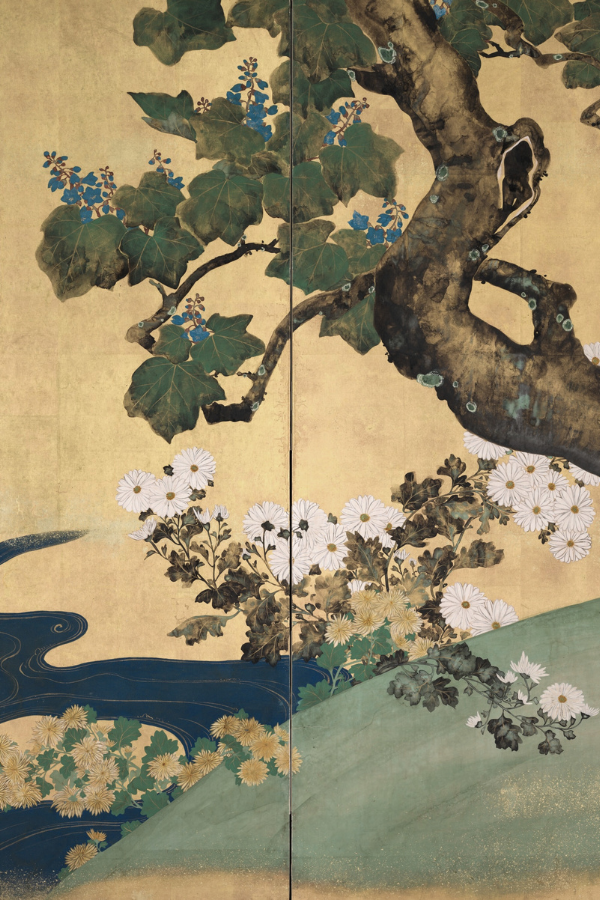

How Long Do Artists Hold Copyright, and Are There Any Exceptions?
Summary
Reflection Questions
Journal Prompt
In today’s digital age, where the boundaries of creativity are constantly being pushed and artistic expression takes on new forms, the importance of understanding and protecting artist copyright has never been greater. From painters and sculptors to photographers and digital artists, creators of all kinds face the challenge of safeguarding their intellectual property rights in an increasingly interconnected world. In this article, we explain the ins and outs of artist copyright law. Read on to learn more.
Answering Your FAQs About Copyright Protection
What Is a Copyright?
A copyright is a form of intellectual property protection granted to the creators of original works of authorship. It gives the creator the exclusive right to use and distribute their work for a certain period of time.
Copyright protection gives the creator or copyright owner the exclusive rights to:
- Reproduce the work (make copies).
- Distribute copies of the work to the public.
- Publicly display or perform the work.
- Create derivative works based on the original work.
These exclusive rights typically last for a certain period of time, which varies depending on the jurisdiction and the type of work. In many countries, copyright protection lasts for the life of the author plus an additional period of 50 to 70 years after the author’s death.
Copyright protection is automatic upon the creation of a qualifying work and generally does not require registration, although registration may provide certain benefits in enforcement actions. Additionally, copyright owners may choose to license or assign their rights to others, allowing them to use the copyrighted work under specified conditions.
Which Copyright Laws Apply Today?
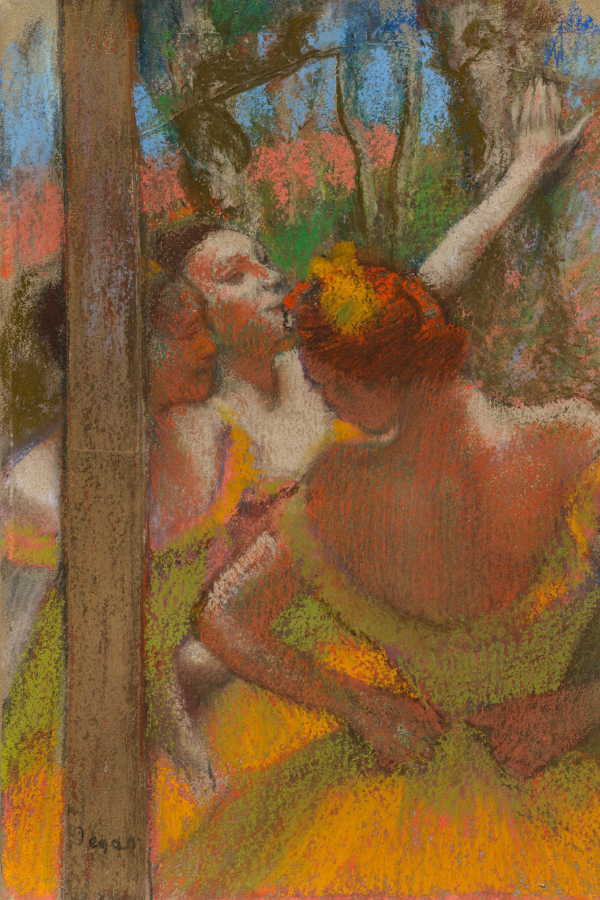

Copyright law in the United States is established by the U.S. Constitution and subsequent legislation enacted by Congress. This subset of federal law is enforced by the Copyright Office. Article I, Section 8, Clause 8 of the U.S. Constitution, known as the Copyright Clause, grants Congress the power “To promote the Progress of Science and useful Arts, by securing for limited Times to Authors and Inventors the exclusive Right to their respective Writings and Discoveries.”
The first federal copyright law in the United States was the Copyright Act of 1790, which was enacted by Congress on May 31, 1790. This law provided copyright protection for “maps, charts, and books” for a term of 14 years, with the option to renew for an additional 14 years if the author was still alive at the end of the initial term.
Since then, copyright law and intellectual property rights in the United States have been revised and updated multiple times through subsequent legislation, including the Copyright Act of 1831, which extended the term of copyright protection to 28 years with the option to renew for an additional 14 years. That was followed by the Copyright Act of 1909, which introduced significant changes to copyright law, including extending the term of copyright protection to 28 years with the option to renew for an additional 28 years.
The Copyright Act of 1976, which overhauled U.S. copyright law, remains the foundation of current copyright law. It introduced the concept of automatic copyright protection upon creation of a work, extended the term of copyright protection to the life of the author plus 50 years, and made numerous other changes to copyright law. The Digital Millennium Copyright Act (DMCA) of 1998, which addressed copyright issues related to digital technologies and the internet, include provisions related to online service provider liability, anti-circumvention measures, and online copyright enforcement.
Which Media Are Covered?
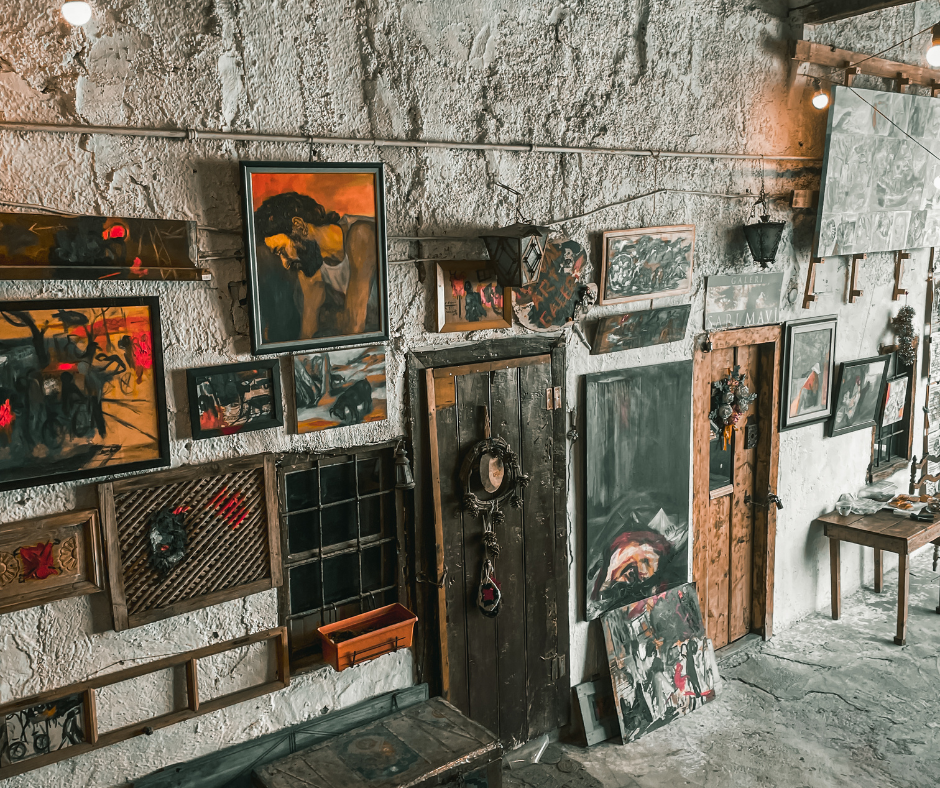

Most visual art media and written works are considered intellectual property protected under copyright. Copyright protection applies to various types of creative works in tangible form, including:
- Literary works (such as books, articles, and computer software).
- Musical compositions (including both the music and lyrics).
- Dramatic works (such as plays and screenplays).
- Artistic works (including paintings, drawings, and sculptures).
- Architectural works.
- Audiovisual works (such as movies and television shows).
- Sound recordings.
- Photographs.
- Computer programs and software.
Fuel your creative fire & be a part of a supportive community that values how you love to live.
subscribe to our newsletter
What About Performance Art?
Performance art is generally covered by copyright law as it is a tangible medium. Performance art involves live presentations or actions by artists, often in a theatrical or unconventional setting, where the medium of expression is the artist’s body and the performance itself. Examples of performance art include live performances, happenings, installations, and interactive experiences.
In terms of copyright protection, performance art may involve multiple elements that are eligible for copyright. For example, if the performance involves scripted dialogue, spoken word, or musical compositions, these elements may be protected by copyright as literary or musical works. If the performance includes choreographed movements or dance routines, the choreography itself may be protected by copyright.
Visual elements such as set design, costumes, props, and projected images or videos may also be protected by copyright as artistic works of the copyright owner. Recordings of live performances, whether audio or video, may be protected by copyright as audiovisual works.
It’s important to note that while copyright protects the expression of ideas in performance art, it does not protect the underlying concepts, ideas, or techniques themselves. Additionally, copyright law may intersect with other legal considerations in performance art, such as rights of publicity, privacy rights, and the use of copyrighted material owned by others in live performances.
What About Earthworks and Ephemeral Art?


Earthworks and ephemeral art, such as the works of Andy Goldsworthy, present unique challenges and considerations in terms of copyright protection. Earthworks typically involve the creation of art using natural materials in outdoor environments, and ephemeral art is often transient, existing only temporarily before naturally decaying or being dismantled.
Earthworks and ephemeral art may be eligible for copyright protection if they meet the criteria of originality and fixation. Originality refers to the work being independently created by the artist with a minimal degree of creativity, while fixation means the work is captured or recorded in a tangible form. While the original installation or creation may not be permanent, photographs or other forms of documentation may serve as fixed representations eligible for copyright protection.
In many cases, artists create photographs or other documentation of their earthworks or ephemeral art installations. These photographs are typically protected by copyright as photographic works, and the artist or photographer holds the copyright to these images. The documentation may serve as a way to preserve and protect the artistic expression embodied in the original work, even if the work itself is temporary.
The duration of copyright protection for earthworks and ephemeral art, as well as the associated photographic documentation, follows the same principles as other types of artistic works. In most jurisdictions, copyright protection lasts for the life of the author plus a certain number of years after their death. However, the duration may vary depending on factors such as the jurisdiction and the nature of the work.
Enforcement of copyright in earthworks and ephemeral art can be challenging due to the transient and often outdoor nature of the works. Unauthorized reproduction or dissemination of photographs or other documentation may occur without the artist’s knowledge or consent. Artists may need to be proactive in monitoring and addressing unauthorized use of their works, including pursuing legal action if necessary.
What About AI-Generated Art?
If you generate images for your art in collaboration with artificial intelligence (AI), the copyright implications can be more complex compared to traditional works created solely by human authors. It could be considered someone else’s work. Given the evolving nature of AI technology used to output images and copyright law, artists working with AI-generated content may benefit from seeking legal advice to ensure compliance with copyright regulations and to protect their rights and interests. Consulting with a lawyer who specializes in intellectual property law and AI art can provide guidance tailored to your specific situation.
In many jurisdictions, copyright law grants protection to visual works created through human authorship. However, the question of whether AI-generated works qualify for copyright protection is still debated. Some argue that since AI lacks personhood, it cannot be considered an author and thus cannot hold copyright. Others argue that the individual or entity that owns or controls the AI system should be considered the author and hold the copyright.
Even if AI-generated works are eligible for copyright protection, determining who the copyright holders are can be challenging. If a human artist collaborates with AI to create a work, they may be considered a joint author, and both parties could hold copyright ownership in the resulting creative work. Properly attributing the contributions of each party may be necessary to avoid disputes over authorship and ownership.
Artists who use AI tools or algorithms to create their works should review the terms of use and licensing agreements associated with the AI software or platform. Some AI systems may retain ownership of the generated works or impose restrictions on how they can be used or distributed. Understanding these terms is essential for ensuring compliance with copyright law and avoiding potential legal issues.
If you create new works based on existing AI-generated works, copyright considerations may apply differently. While copyright law generally allows for the creation of derivative works with the permission of the copyright owner, the situation may be more complex if the original work was generated by AI. Understanding the rights and permissions associated with the original work is crucial for avoiding infringement.
As AI technology continues to evolve, legal precedents and regulations governing AI-generated works may develop further. It’s essential to stay informed about developments in copyright law and emerging best practices for addressing copyright issues related to AI-generated content.
How Long Does an Artist Copyright Last?
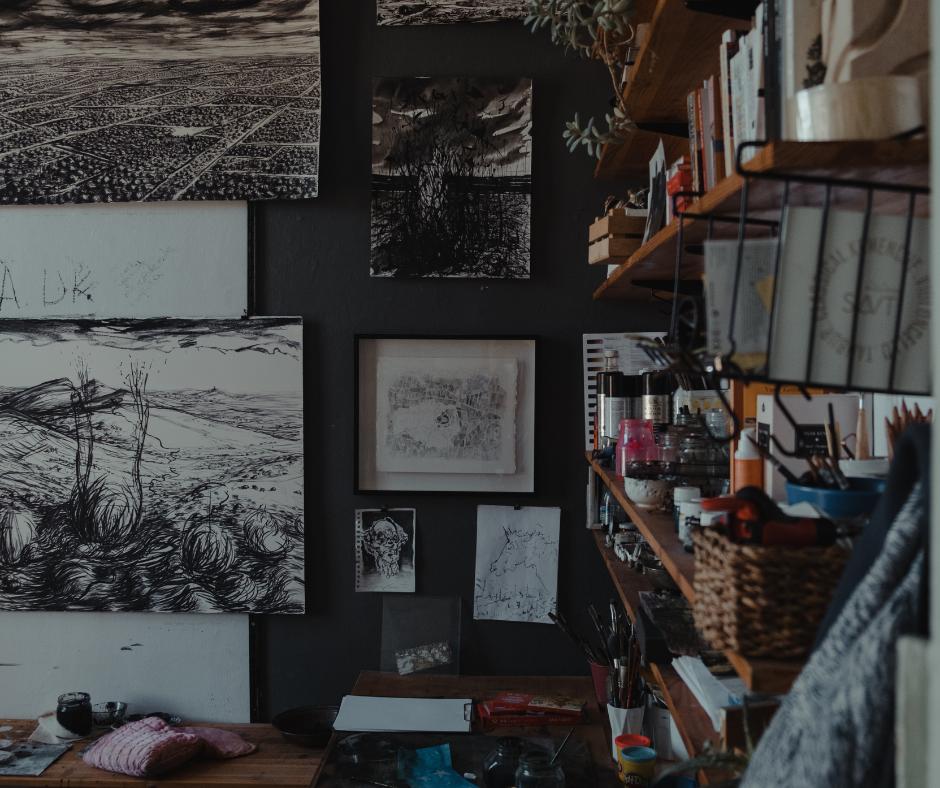

The duration of copyright protection for artists varies depending on the jurisdiction and the type of work. In general, the duration is typically the life of the artist plus a certain number of years after their death. For example, Life + 70 years is the standard copyright duration in many countries, including the United States and the European Union. It means that the copyright lasts for the life of the artist plus an additional 70 years after their death.
Some countries have a shorter duration, such as life plus 50 years. This was the standard duration under the Berne Convention for the Protection of Literary and Artistic Works until it was amended to life plus 70 years in 1971. In some cases, particularly for works created by a corporation or government entity, copyright may last for a fixed duration from the date of creation, rather than being based on the life of the artist.
Are There Any Exceptions?
Copyright protection exists to ensure artists and other creators retain the rights to their unique works. However, it’s important to note that copyright law is complex and can vary significantly between countries. Artists and others interested in copyright should consult the specific laws and regulations applicable in their jurisdiction. Exceptions and limitations to copyright protection can vary widely between jurisdictions but may include fair use, public domain, compulsory licensing, and other specific exemptions.
Fair Use or Fair Dealing
This allows for limited use of copyrighted material without permission from the copyright owner. The specifics of fair use can vary significantly between countries, but it often includes purposes such as criticism, comment, news reporting, teaching, scholarship, or research.
Public Domain
Works that are not protected by copyright are considered to be in the public domain. This typically includes works whose copyright has expired, works created by the government, and works explicitly dedicated to the public domain by the copyright holder.
Compulsory Licenses
In some cases, governments may grant compulsory licenses, which allow the use of copyrighted material under certain conditions without the explicit permission of the copyright owner. This often occurs in situations where obtaining permission would be impractical, such as for the distribution of music recordings.
Specific Exemptions
Some jurisdictions have specific exemptions to copyright protection for certain types of uses, such as for educational purposes or for the preservation of cultural heritage.
Originality
The work must be original, meaning it must be independently created by the author and possess a minimum degree of creativity. Originality does not require novelty or uniqueness; it simply means that the work is not copied from another source.
Purely factual information or data is generally not eligible for copyright protection because it lacks the requisite creativity. Works that are too simple or trivial may also be denied copyright protection if they do not meet the threshold of originality.
Fixation
The work must be fixed in a tangible medium of expression, such as a book, painting, recording, or digital file. Ideas or concepts alone cannot be copyrighted; it is the expression of those ideas that is protected.
When Is Copyright Registration Required for Artists?
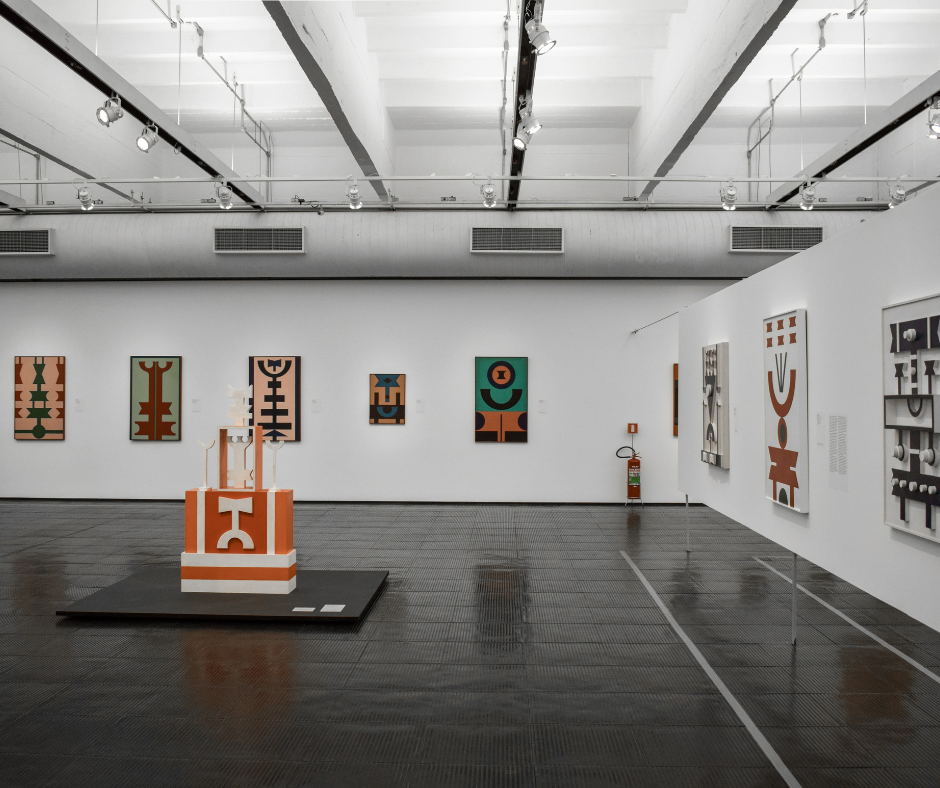

Registration of copyright is not always required for artists to receive copyright protection for their works. In many countries, including the United States, copyright protection is automatic upon the creation of an original work fixed in a tangible medium of expression. This means that as soon as an artist creates an original work, such as a painting, sculpture, or photograph, they hold the copyright to that work.
However, there are certain benefits to registering a copyright with the relevant copyright office. Registration creates a public record of the copyright claim, providing prima facie evidence of the validity of the copyright and the facts stated in the registration certificate. This can be useful in legal proceedings if the artist needs to enforce their copyright against an infringer.
In some jurisdictions, including the United States, registering a copyright before infringement occurs or within a certain timeframe after publication allows the copyright owner to seek statutory damages and attorney’s fees in a copyright infringement lawsuit. This can provide greater leverage in enforcing copyright rights regarding the protected work.
Registered copyright owners may be eligible for injunctive relief in copyright infringement cases, which can help prevent further unauthorized use of their works. Registration may be required or recommended for copyright protection in certain international jurisdictions or for enforcement under international treaties.
While registration is not required for copyright protection to exist, it can provide valuable benefits and legal protections for artists. It’s advisable for artists to consider registering their copyrights, especially if they anticipate the need to enforce their rights or if they want to take advantage of the additional benefits offered by registration.
Can I Use Copyrighted Material in My Art?
Using copyrighted material in your art without permission from the copyright owner can potentially lead to copyright infringement, unless your use falls under a legal exception such as fair use (or fair dealing in some jurisdictions). Fair use is a doctrine in copyright law that allows for certain limited uses of copyrighted material without the need for permission from or payment to the copyright owner. However, whether a particular use qualifies as fair use depends on various factors, including the following.
- The purpose and character of the use, including whether it is for commercial or nonprofit educational purposes, transformative in nature, or adds new meaning or message to the original work.
- The nature of the copyrighted work, including whether it is factual or creative in nature.
- The amount and substantiality of the portion used in relation to the copyrighted work as a whole.
- The effect of the use on the potential market or value of the copyrighted work.
- It’s important to note that fair use is a nuanced and context-specific legal doctrine, and there are no strict rules or guidelines that definitively determine what constitutes fair use in every situation. Each use must be evaluated on a case-by-case basis.
Case Study: Shepard Fairey’s Copyright Abuses
Shepard Fairey, the renowned street artist, is one example of an artist who faced copyright issues. One of the most notable cases involving him was related to his iconic “Hope” poster featuring then-Senator Barack Obama during his 2008 presidential campaign.
In that case, Fairey used a photograph taken by Associated Press (AP) photographer Mannie Garcia as a reference for his poster. However, Fairey did not seek permission from the photographer or AP to use the photograph. When the AP discovered that Fairey had used the photograph without permission, they asserted their copyright claims.
The legal dispute between Fairey and the AP eventually resulted in a settlement in 2011. As part of the settlement, Fairey agreed to share any proceeds from his “Hope” poster with the AP. The case highlighted the complexities of copyright law, fair use, and the use of copyrighted material as references in artistic works.
Shepard Fairey has faced copyright issues related to his use of images on Instagram as well. In 2018, Fairey was sued by photographer Jeffrey Sedlik over the unauthorized use of a photograph of the hip-hop group Run-DMC. Sedlik alleged that Fairey used his photograph without permission as a reference for a series of works, including a mural and prints.
The lawsuit brought attention to the issue of artists using images from social media platforms without obtaining proper authorization from the original creators. It highlighted the complexities of copyright law in the digital age and raised questions about the rights of photographers and other creators whose work is shared online.
The case was eventually settled out of court, with the terms of the settlement remaining confidential. However, it underscores the importance for artists to be aware of copyright laws and to obtain appropriate permissions or licenses when using copyrighted material, including images found on social media platforms like Instagram.
What Are the Penalties for Copyright Infringement?


The penalties for copyright infringement can vary depending on the jurisdiction and the specific circumstances of the infringement. In general, copyright infringement can result in both civil and criminal penalties.
In civil cases, copyright owners may file lawsuits against infringers to enforce their rights and seek remedies for the infringement. Remedies may include the following.
- Injunctions: Court orders requiring the infringer to stop using the copyrighted material.
- Actual Damages: Monetary compensation for the financial losses suffered by the copyright owner as a result of the infringement.
- Statutory Damages: Monetary damages established by law, which may range from a minimum amount to a maximum amount per work infringed, as determined by the court.
- Attorney’s Fees and Costs: In some cases, the prevailing party in a copyright infringement lawsuit may be entitled to recover their attorney’s fees and litigation costs.
In severe cases of copyright infringement, particularly those involving large-scale piracy or commercial counterfeiting, criminal charges may be brought against the infringers. Criminal penalties for copyright infringement may include fines and imprisonment. The severity of criminal penalties can vary depending on factors such as the value of the infringed works, the scale of the infringement operation, and the criminal history of the infringer.
It’s important to note that copyright infringement is taken seriously under the law, and penalties can be significant, particularly in cases of willful or deliberate infringement. Artists and creators should be aware of their rights under copyright law and take appropriate steps to protect their works from infringement. Similarly, individuals and organizations making use of copyrighted material should ensure that they have the necessary permissions or licenses to do so to avoid potential legal consequences.
What Should I Do if I Discover Someone Has Infringed My Copyright?
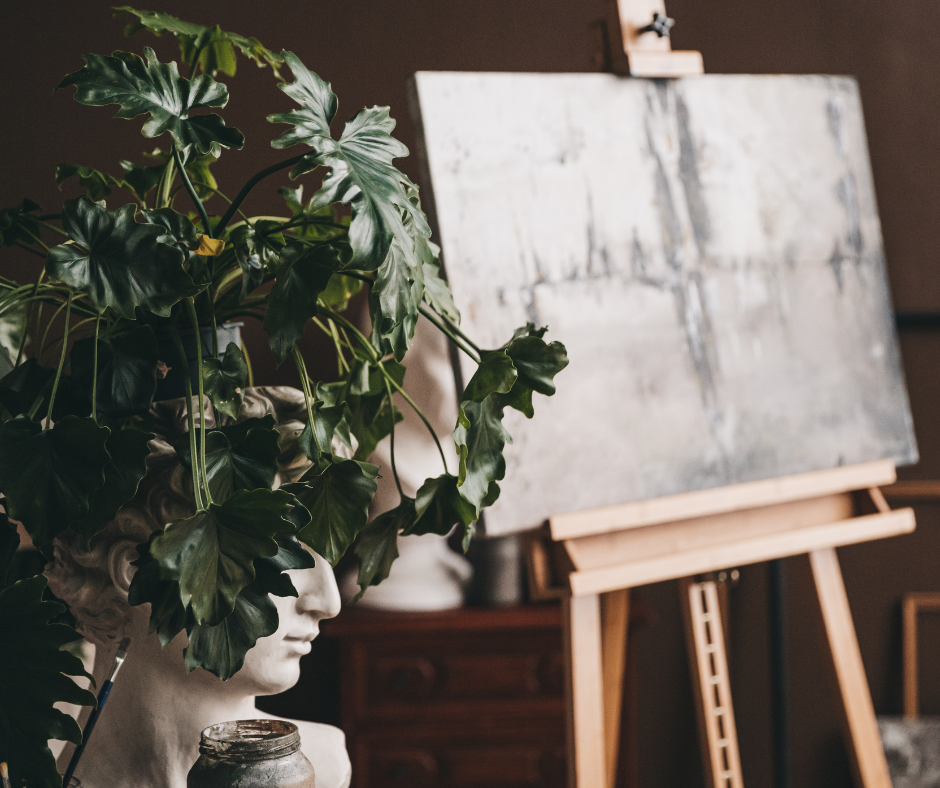

If you discover that someone has infringed your copyright and there was absolutely no written transfer of the copyright, there are several steps you can take to address the situation. First, collect evidence of the copyright infringement, including copies of the infringing work, documentation of when and where the infringement occurred, and any communications or transactions related to the infringement.
Consider reaching out to the individual or entity responsible for the infringement to inform them of the infringement and request that they cease and desist from using your copyrighted material without permission. Provide evidence of your copyright ownership and the infringement.
If contacting the infringer directly does not resolve the issue, consider sending a formal cease and desist letter from a lawyer. This copyright notice should outline the details of the infringement, demand that the infringer stop using your copyrighted material, and threaten legal action if they fail to comply.
If the infringement occurs online, you can submit a Digital Millennium Copyright Act (DMCA) takedown notice to the website hosting the infringing material. Most websites and online platforms have procedures in place for submitting DMCA takedown notices to remove infringing content. Similarly, if the infringer refuses to cease the infringement or if the infringement causes significant harm to your rights or financial interests, you may consider pursuing legal action. This may involve filing a lawsuit for copyright infringement in federal court, where you can seek damages, injunctive relief, and attorney’s fees.
Keep detailed records of all communications, actions, and expenses related to the copyright infringement and your efforts to address it. This documentation may be useful if you need to pursue legal action or seek damages in the future. If you are unsure how to proceed or if the infringement involves complex legal issues, consider consulting with a lawyer who specializes in copyright law. They can provide guidance on your rights, options, and the best course of action for addressing the infringement effectively.
Design Dash
Join us in designing a life you love.
-
All About Our 7-Day Focus & Flex Challenge
Sign up before August 14th to join us for the Focus & Flex Challenge!
-
Unique Baby Names Inspired by Incredible Women from History
Inspired by historic queens, warriors, artists, and scientists, one of these unusual baby names might be right for your daughter!
-
Finding a New 9 to 5: How to Put Freelance Work on a Resume
From listing relevant skills to explaining your employment gap, here’s how to put freelance jobs on your resume.
-
What is Generation-Skipping, and How Might it Affect Sandwich Generation Parents?
The emotional pain and financial strain of generation skipping can be devastating for Sandwich Generation parents.
-
Four Material Libraries Dedicated to Sustainability, Preservation, and Education
From sustainable building materials (MaterialDriven) to rare pigments (Harvard), each materials library serves a specific purpose.
-
Do You Actually Need a Beauty Fridge for Your Skincare Products? (Yes and No.)
Let’s take a look at what dermatologists and formulators have to say about whether your makeup and skincare belong in a beauty fridge.








